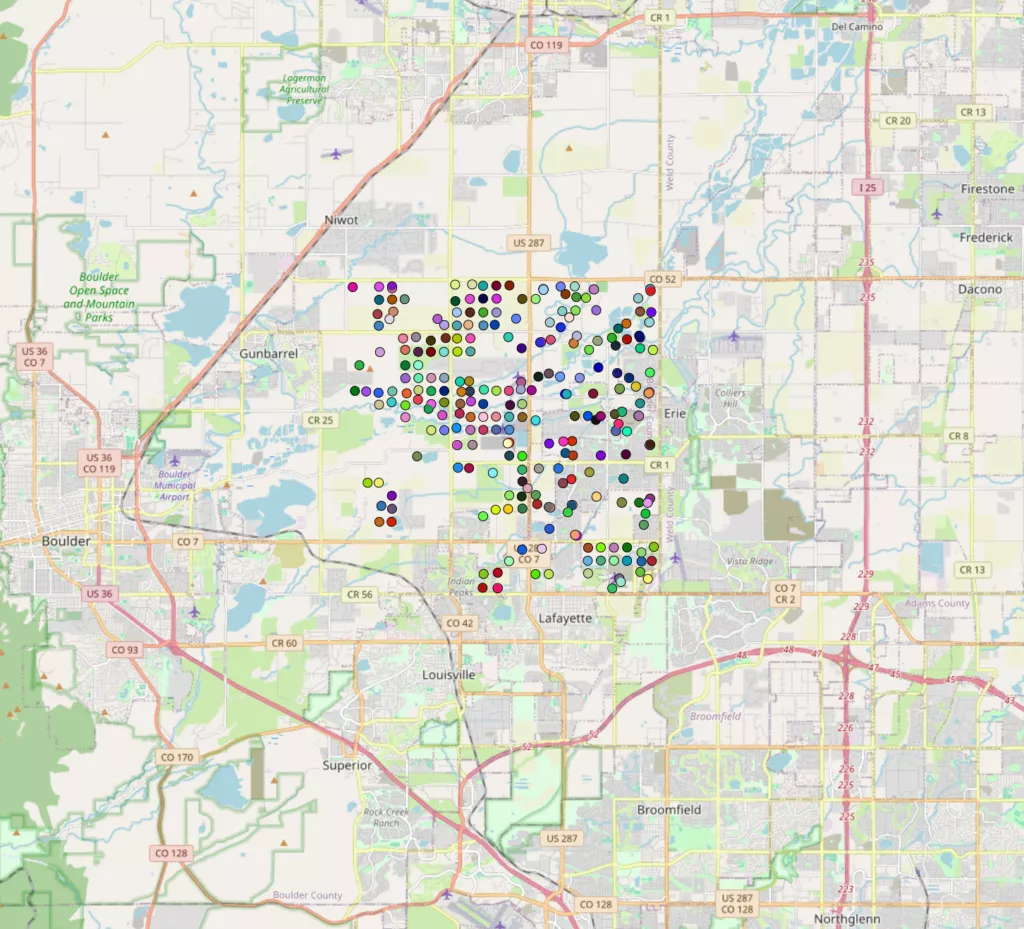Introduction to Pooling and Spacing in Oil and Gas Production
Pooling and spacing are essential strategies in oil and gas production that optimize resource extraction and protect landowners’ rights. Pooling consolidates smaller land parcels into a single unit for efficient drilling, while spacing regulates the distance between wells to prevent over-drilling and resource waste. These practices are governed by state regulations to promote conservation and equitable access to resources. IPT’s expert testimony in regulatory and legal contexts ensures that proposed pooling and spacing plans maximize recovery, minimize environmental impact, and fairly distribute costs and royalties among stakeholders.
Understanding Pooling: Consolidating Land for Efficient Drilling
Pooling combines small tracts or interests into a single unit for drilling a well, a critical step in oil and gas production that helps overcome the challenges posed by fragmented land ownership. Often, landowners or leaseholders may possess smaller, non-contiguous parcels of land that are not sufficient to independently support drilling operations. Pooling addresses this issue by consolidating these smaller tracts into a single, more viable unit, allowing for efficient drilling and resource extraction.
Voluntary vs. Statutory Pooling: Cooperation and Regulation
Pooling can be either voluntary, where landowners or leaseholders agree to cooperate, or statutory (compulsory), where state regulations force landowners to pool their interests to prevent waste and ensure equitable access to resources.
The Importance of Statutory Pooling in Protecting Correlative Rights
Statutory pooling becomes particularly important when a landowner does not wish to participate in the development or sign a lease. In such cases, state authorities can impose pooling arrangements to ensure that no single party can block resource development, thereby promoting the efficient extraction of oil or gas from a reservoir. This process helps protect correlative rights, ensuring that all landowners or leaseholders within the pooled area receive a fair share of the resources and revenues. Pooling not only facilitates optimal resource extraction but also prevents over-drilling and unnecessary environmental disruption.
The Role of Spacing: Regulating Well Placement for Maximum Efficiency
Spacing, on the other hand, regulates the physical distance between wells and the boundaries of a drilling unit. This practice helps prevent over-drilling, which can compromise both the efficiency of resource extraction and the integrity of the reservoir. By establishing minimum distances between wells, spacing rules ensure that the reservoir is tapped in a way that maximizes recovery without diminishing pressure or creating unnecessary competition between adjacent wells.
State Regulations Governing Pooling and Spacing
State regulations typically govern both pooling and spacing to promote conservation, prevent resource waste, and protect the correlative rights of landowners. In many cases, state agencies evaluate proposals for new wells based on whether the pooling and spacing arrangements comply with established regulations.
IPT’s Expert Testimony in Pooling and Spacing Disputes
Pooling and spacing are essential for the efficient development of a reservoir. Testimony provided by IPT’s engineers in regulatory or legal contexts focuses on analyzing whether a proposed plan maximizes recovery, minimizes environmental impact, and ensures that resources are extracted equitably. For instance, an engineer might calculate the optimal well spacing required to maintain reservoir pressure and maximize production rates. They also evaluate the need for setbacks, which are the minimum distances that wells must be placed from property lines to prevent resources capture from the surrounding properties outside of the unit.
Financial Impacts of Pooling and Spacing on Stakeholders
Pooling and spacing also have significant financial impacts on all stakeholders involved. In the pooling process, royalties—payments made to landowners or leaseholders for the extracted resources—are distributed proportionally among the various participants based on their land ownership or lease agreements. IPT’s engineers can testify about how pooling affects these royalty distributions, as well as how costs and risks are shared among operators.
Environmental Benefits of Proper Spacing in Oil and Gas Extraction
In addition to optimizing resource extraction, pooling and spacing also play a critical role in environmental stewardship. By reducing the number of wells needed to efficiently tap a reservoir, proper spacing minimizes surface disturbances, which can help preserve land for purposes. IPT’s testimony may include analysis of how appropriate spacing reduces environmental impact by minimizing the number of drilling sites, roads, and infrastructure required for oil and gas extraction.
Technological Advances in Pooling and Spacing: The Impact of Horizontal Drilling and Hydraulic Fracturing
As technology evolves, so do the requirements for pooling and spacing. Horizontal drilling and hydraulic fracturing, for example, have revolutionized traditional spacing rules by allowing operators to access larger areas of a reservoir from a single wellbore. These technologies enable more efficient resource extraction, which often leads to fewer wells being needed and, consequently, a reduced environmental footprint. IPT’s engineers may discuss how these technologies affect modern spacing practices, particularly in terms of resource optimization and regulatory compliance.

